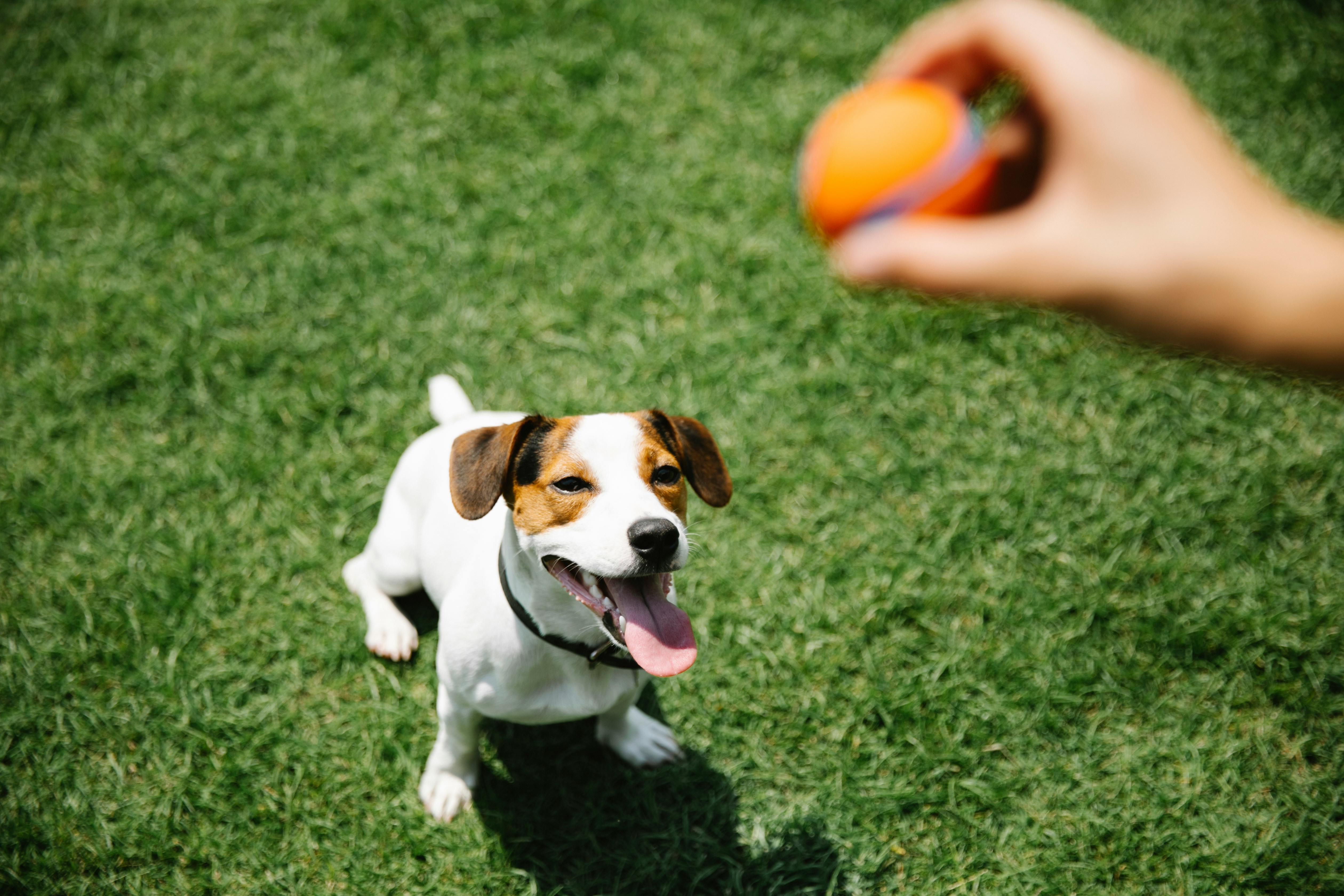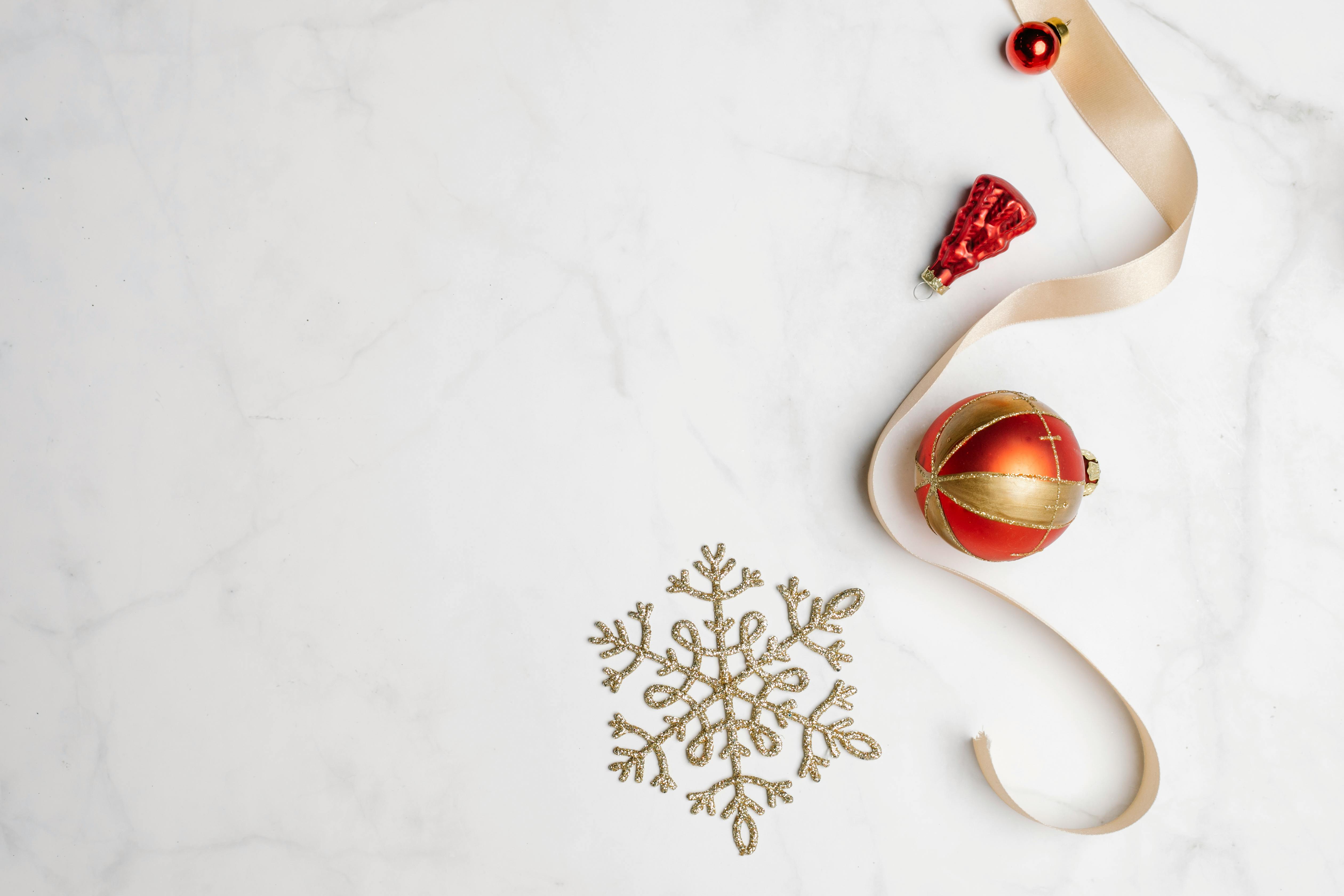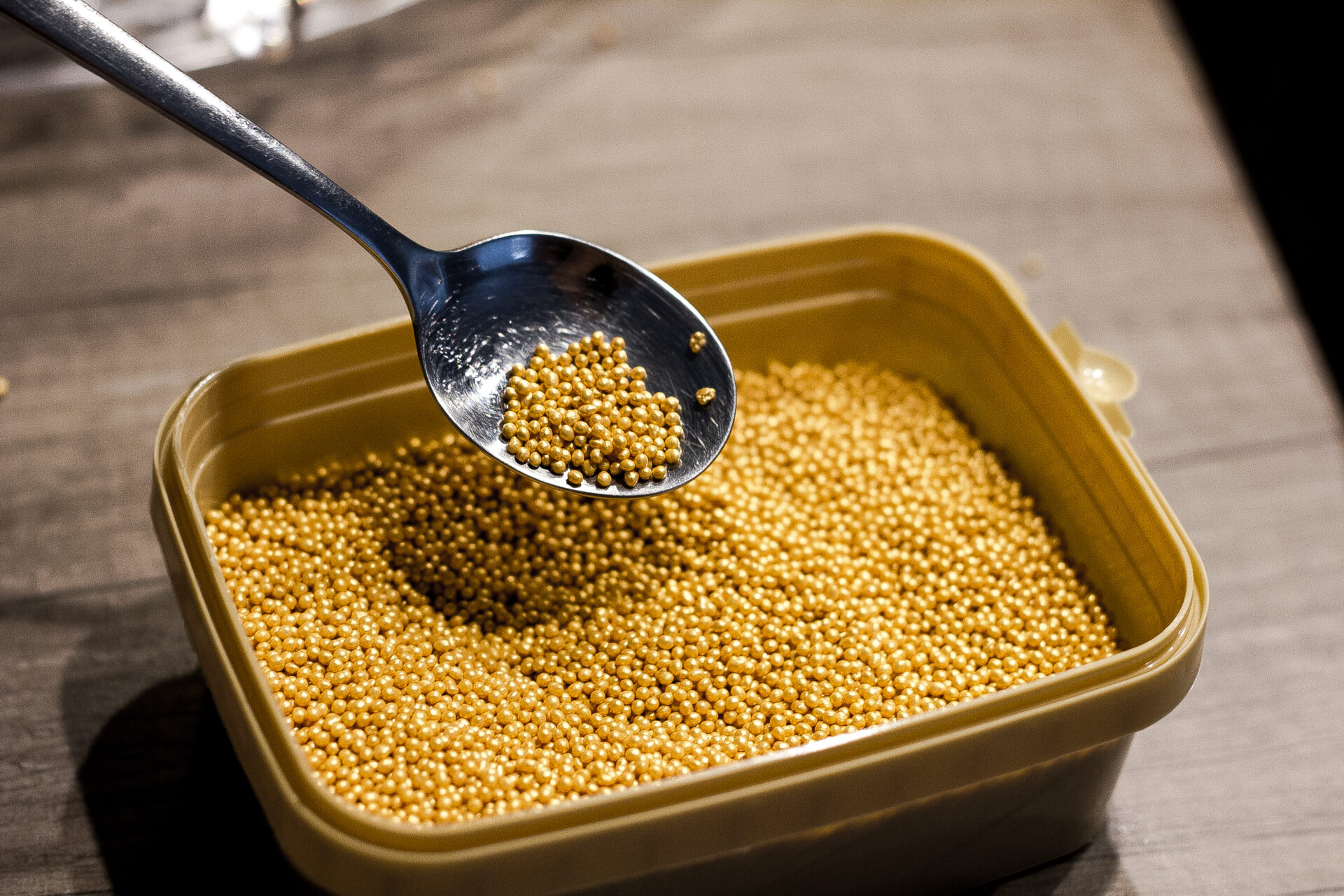When it comes to caring for a Ball Python, one of the most important factors to consider is the size of the tank. Not only does this affect your pet’s comfort level, but it also helps ensure that they have enough room to move around and explore their environment without feeling confined. In this article, we’ll discuss what size tank a Ball Python needs and provide some tips on how to best set up your pet’s home.The ideal tank size for a Ball Python is a 20-gallon terrarium. This size terrarium provides enough room for the python to move around and stretch out, as well as providing enough space to add in decorations and a hiding spot. A larger terrarium is not necessary, as Ball Pythons are fairly small snakes and do not require a lot of space.
Size
When selecting a tank for your ball python, size is an important factor to consider. The larger the tank, the more room your snake will have to explore and move around. It is important to choose an enclosure that provides enough space for your python to roam freely and comfortably. For smaller snakes, a 10-20 gallon tank should suffice. For larger snakes, a 20-40 gallon tank should be sufficient. It is also important to consider the size of the snake when selecting a tank, as larger tanks can be dangerous for smaller snakes.
Substrate
The substrate you choose for your ball python’s enclosure will depend on its preferences and needs. Some popular substrates are aspen shavings, coconut husks, or paper towels. Aspen shavings provide a natural look and feel but need to be changed more often than other substrates. Coconut husks are also aesthetically pleasing but require frequent maintenance due to their high absorbency. Paper towels are low maintenance but lack the natural look of other substrates.
Temperature & Humidity
It is imperative that you provide your ball python with appropriate temperature and humidity levels in order to keep it healthy and happy. The ideal temperature range is between 78-85 degrees Fahrenheit with a humidity level of 50-60%. Thermostats and hygrometers should be used in order to maintain these levels accurately. Heat lamps or heating pads can also be used in order to create the proper temperatures within the enclosure.
Lighting & Decorations
Lighting is essential for providing your ball python with proper levels of vitamin D3, which helps them absorb calcium from their food sources effectively. You may also want to include decorations such as rocks or branches in order to make the environment more interesting and stimulating for your pet snake. Furthermore, if you opt for decorations made from natural materials such as wood or stone, they can help maintain optimal humidity levels.
Security & Safety
When selecting an enclosure for your ball python it is important that you choose one that has secure lids or doors that cannot be easily opened by children or pets who may come into contact with them. Additionally, all edges should be smooth so that the snake cannot injure itself while moving around inside of its enclosure. Finally, it is best practice to avoid using glass enclosures as they can become too hot and can cause burns if touched by humans.
Setting up the Right Environment for Your Ball Python
Having the right environment for your ball python is essential in order to keep it healthy and happy. It is important to provide a safe, comfortable, and secure habitat in order for your snake to thrive. Here are some tips on how to set up the perfect environment for your ball python.
The first step in setting up the right habitat for your ball python is to provide an enclosure that is large enough and secure enough to contain your snake. Ball pythons need at least a 20-gallon tank or terrarium with a secure lid to avoid escape. The enclosure should also be easy to clean, as ball pythons are prone to bacterial build-up and need regular cleaning.
The next step is providing the right humidity levels for your ball python. Ball pythons need a humidity level of around 50-60%, so it is important to monitor the tank or terrarium regularly with a hygrometer. You can also use sphagnum moss in the enclosure or misting systems in order to maintain proper humidity levels at all times.
The temperature of the enclosure should also be regulated properly in order for your snake to stay healthy and comfortable. Ball pythons prefer temperatures between 75°F and 85°F, with a basking spot of around 90°F. You can use an under tank heater, ceramic heat emitter, or light bulb with thermostat in order to maintain proper temperatures.
Finally, you will need to provide adequate hiding places and decorations for your ball python’s enclosure. This will help make it feel more secure as well as giving it something interesting to explore and investigate. Rocks, logs, branches, and other decorations can be used in order create an enriching environment for your snake.
By following these steps, you can easily create the perfect environment for your ball python that will keep it healthy and happy for years!
Ball Python Accessories
A ball python is a great pet to have, but in order to keep them healthy and happy, you need to provide them with the right accessories. These include a tank, substrate, hides, decor, and water bowl. All of these items are essential for providing your pet with a safe and comfortable environment.
The tank is the most important accessory for your ball python. It should be large enough to provide plenty of room for your pet to move around and explore. A 20-gallon tank is usually ideal for an adult ball python. You’ll also want to make sure the tank has a secure lid that fits snugly so your pet can’t escape.
Once you have the tank set up, you’ll need to add substrate. This is the material that lines the bottom of the tank and provides insulation and cushioning for your pet. Aspen shavings are a popular choice for ball pythons since they’re absorbent and easy to clean up when soiled.
Hides are another must-have accessory for your ball python’s habitat. These provide a secure place for your snake to go when it wants privacy or feels threatened. There should be at least one hide on each side of the tank so that your snake can choose which side it prefers more.
Decorations such as branches, rocks, and fake plants can also be added to enrich your ball python’s habitat. Not only will these items look nice in the enclosure, but they will also give your pet something interesting to explore and climb on while it’s inside its tank.
Finally, you’ll need a water bowl for your snake so that it can drink whenever it needs to hydrate itself. Make sure the bowl is shallow enough that your snake won’t accidentally drown if it falls inside while climbing around its enclosure. It’s also important to change out the water regularly so that it remains clean and fresh at all times.
Substrate Options for a Ball Python’s Enclosure
When it comes to selecting the right substrate for a ball python’s enclosure, there are a number of options. Paper towels and newspaper make excellent temporary substrates, as they are easy to replace and clean. Aspen shavings, which can typically be found in pet stores, are also a great option, as they are absorbent and relatively inexpensive. However, it is important to note that these materials should not be used for long-term housing as they may contain chemicals that could be harmful to your snake.
Cypress mulch is another popular substrate choice for ball pythons. It is relatively inexpensive and provides excellent humidity retention. It also allows the snake to create natural burrows, providing them with an area of privacy and security. Since cypress mulch has a tendency to break down over time, it should be replaced every few months.
Coconut husk fiber (also known as coir) is another great option for ball python enclosures. It absorbs moisture well and provides plenty of air pockets that can help maintain the ideal humidity levels needed by your pet. In addition, it is non-abrasive so it won’t irritate your snake’s skin or eyes if ingested. However, coir can become moldy if not kept dry enough so it should be monitored regularly and changed when necessary.
Finally, there are several commercial substrates available specifically designed for reptile enclosures that can make excellent choices for ball python owners. These substrates usually come in pellet form and absorb moisture well while providing good drainage capabilities at the same time. They are also easy to clean and provide a more naturalistic environment for your snake compared to paper towels or newspaper.

Heating and Lighting Requirements for a Ball Python’s Enclosure
Proper heating and lighting are essential for the health and well-being of a ball python. Ball pythons require an ambient temperature between 75-85 degrees Fahrenheit during the day, with a basking spot of 88-92 degrees. At night, the temperature should drop no lower than 70 degrees Fahrenheit. To maintain these temperatures, you will need an appropriate heating lamp or basking bulb. It is best to use bulbs that produce no light, as ball pythons do not require light to survive. You may also need an appropriate thermostat to regulate the temperature in your enclosure.
In addition to heating lamps or basking bulbs, ball pythons may benefit from UVB (ultraviolet B) lighting in their enclosure. UVB lighting helps provide essential vitamins and minerals that are necessary for good health. While most ball pythons can survive without UVB lighting, it is important to provide them with adequate amounts if possible. When selecting a UVB bulb, be sure to choose one specifically designed for reptiles with the correct wattage and spectrum for your particular species of python.
Humidity Requirements for a Ball Python’s Enclosure
Ball pythons require an enclosure with a specific humidity range in order to stay healthy and active. Humidity is an important factor in the overall health of any reptile, but especially for ball pythons. The ideal humidity range is between 40-60%, depending on the temperature of the enclosure. In order to maintain this level of humidity, it’s important to use a substrate that will help retain moisture, such as aspen shavings, cypress mulch, or coconut fiber bedding. It’s also recommended to mist the enclosure once or twice a day with filtered or distilled water. This will help maintain the necessary levels of humidity. A hygrometer can be used to measure and track the humidity levels in the enclosure. If you notice that the humidity levels are too low, increase misting frequency and make sure that your substrate is moist enough. If the levels are too high, decrease misting frequency and make sure that your substrate is not too wet.
In addition to providing proper humidity levels, it’s also important to provide adequate ventilation in order for your ball python to breathe properly. Make sure there are enough air vents near the top of the enclosure so air can move freely throughout it. This will ensure that your ball python has enough oxygen and prevent any potential respiratory issues.
Cleaning the Tank of Your Ball Python
It is important to keep your ball python’s tank clean in order to ensure their health and safety. While no set cleaning schedule exists, it is recommended that you clean the tank of your ball python at least once a month. This should be done by removing all of the substrate and decorations from the tank and thoroughly cleaning them in hot water. Once cleaned, they should be dried off before being placed back into the tank. Additionally, spot cleaning should be done every week to remove any feces or leftover food that may have been left behind. This will help prevent bacteria and fungus growth inside the tank which can harm your snake.
A deep clean of your ball python’s tank should also be done every three months or so. During this time, all of the substrate and decorations should be taken out and replaced with a new fresh batch. This will help remove any bacteria or fungus growth that may have accumulated over time from food or waste buildup. It is also important to do a deep clean whenever you notice an increase in odors coming from the tank as this could indicate an unhealthy environment for your snake.
No matter what type of cleaning schedule you choose for your ball python’s tank, it is important to make sure that it is done regularly and thoroughly in order to provide a safe and healthy environment for your pet snake.

Conclusion
It is important to choose the right size tank for your ball python since this will affect their health and wellbeing. A 20-gallon tank is the minimum size for a single ball python, but a 40-gallon tank is preferable. If you are housing multiple ball pythons in one enclosure, then you should get an even larger tank. Additionally, make sure your tank is properly ventilated and that you provide plenty of substrate for your snake to burrow and hide in.
If you keep all of these considerations in mind when purchasing or setting up your ball python’s tank, then your snake should remain healthy and happy.




